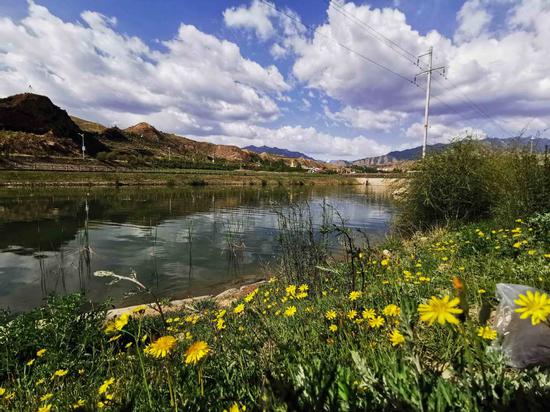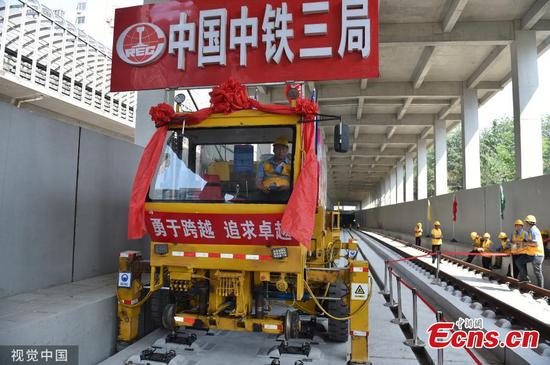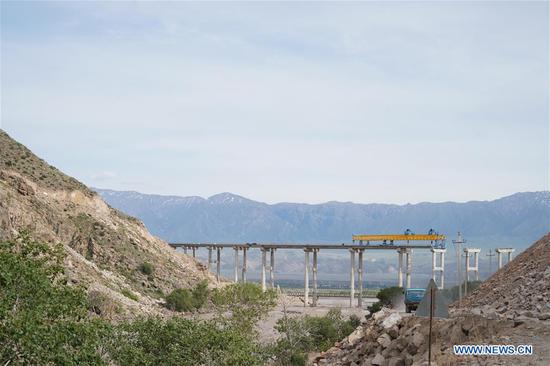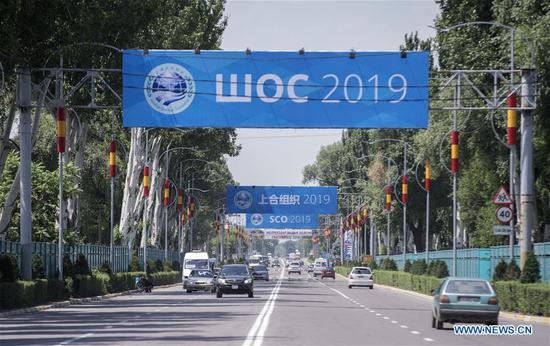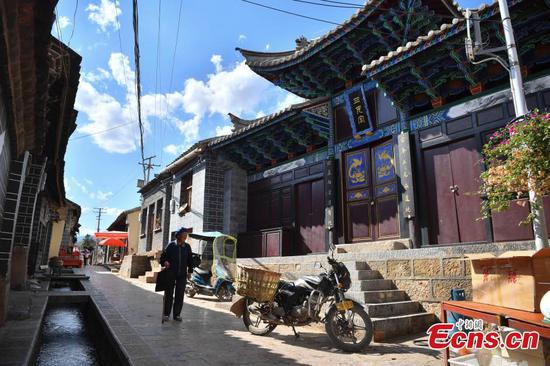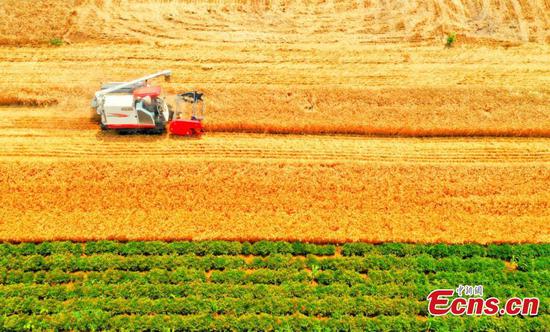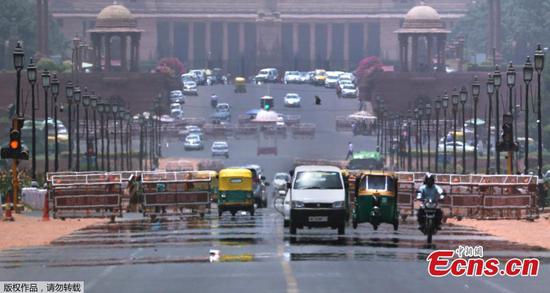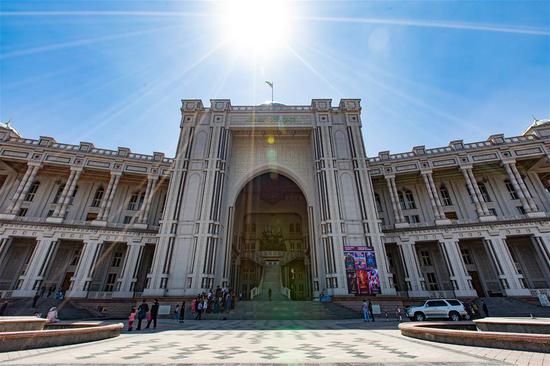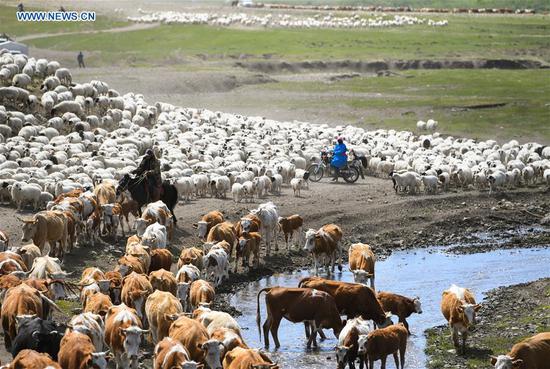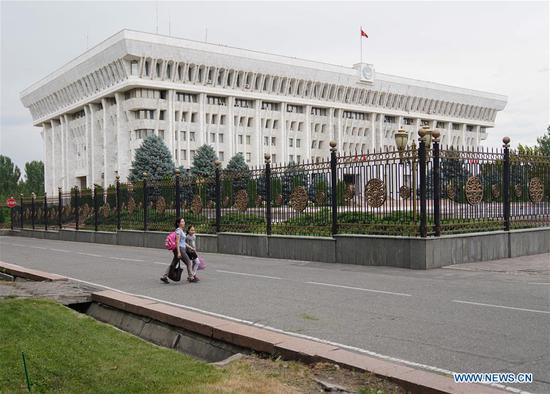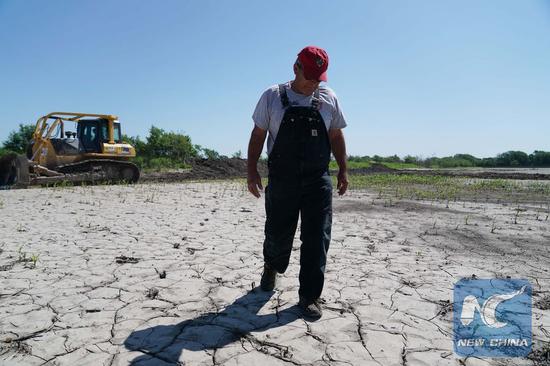
Blake Hurst, president of the Missouri Farm Bureau, walks on his rain-soaked fields in Tarkio, Missouri, the United States, on June 10, 2019. (Xinhua/Liu Jie)
In the biggest corn-producing states, farmers had planted 83 percent of corn acreage by Sunday, compared with a five-year average of 99 percent, according to the latest data from the U.S. Department of Agriculture (USDA).
Hurst, who also has 40-plus years of farming experience, said corn should ideally be planted by the first week of May, and a one-month delay could cut the normal yield by roughly 20 percent, as there might not be enough time for it to mature before the frost hits the ground.
The seemingly relentless rain in the Midwest has left farmers drowning in frustration. On top of that, many growers have been bearing the brunt of the U.S.-initiated trade dispute with China, struggling with financial hardship and facing an uncertain future.
"We've seen a big cut in our (soybean) exports to China because of the trade tension, and that's caused prices to drop," Hurst said, adding that several months of trade frictions have "made a big difference" to farmers' income.
Noting that the United States has had five years of above average crop yields, Hurst said that already led to an oversupply. A decline in exports to China, caused by the trade tensions and compounded by the African swine fever outbreak, has worsened the situation, he said.
"It's just a combination of all of them that has really made farming kind of difficult this year," Hurst said. "It just keeps on and coming."
For Waters, a combination of circumstances has made planning nearly impossible. "I think this has been the hardest year to make decisions for me since I've been farming," he said.
Waters said it has been stressful to wait for a resolution to the trade dispute. "You keep thinking, well maybe tomorrow, maybe tomorrow, then you hear a little bit of good news and maybe the price bumps up a little bit and then that blows up and it goes back down. So it's just been difficult," he said.
Hurst, who farms 6,000 acres of land with his family, usually plants corns on half of the acreage and soybeans on the other half. Earlier this year, he had planned to plant 5 to 10 percent more corn because of the trade dispute and lower demand for soybeans. The unusual wet spring, however, makes that goal unfeasible.
"Now, anybody that's shifting will shift to soybean simply because it's too late for corn," Hurst said, adding that if soybeans don't get planted by next week, farmers will start to lose yield as well.
However, the USDA data shows that growers in the major soybean-producing states had only planted 60 percent of acreage by Sunday, far below a five-year average of 88 percent.
Speaking of the newly approved disaster relief bill and the new round of trade aid package, Hurst urged the administration to announce detailed rules of these programs quickly so that farmers can better plan.













